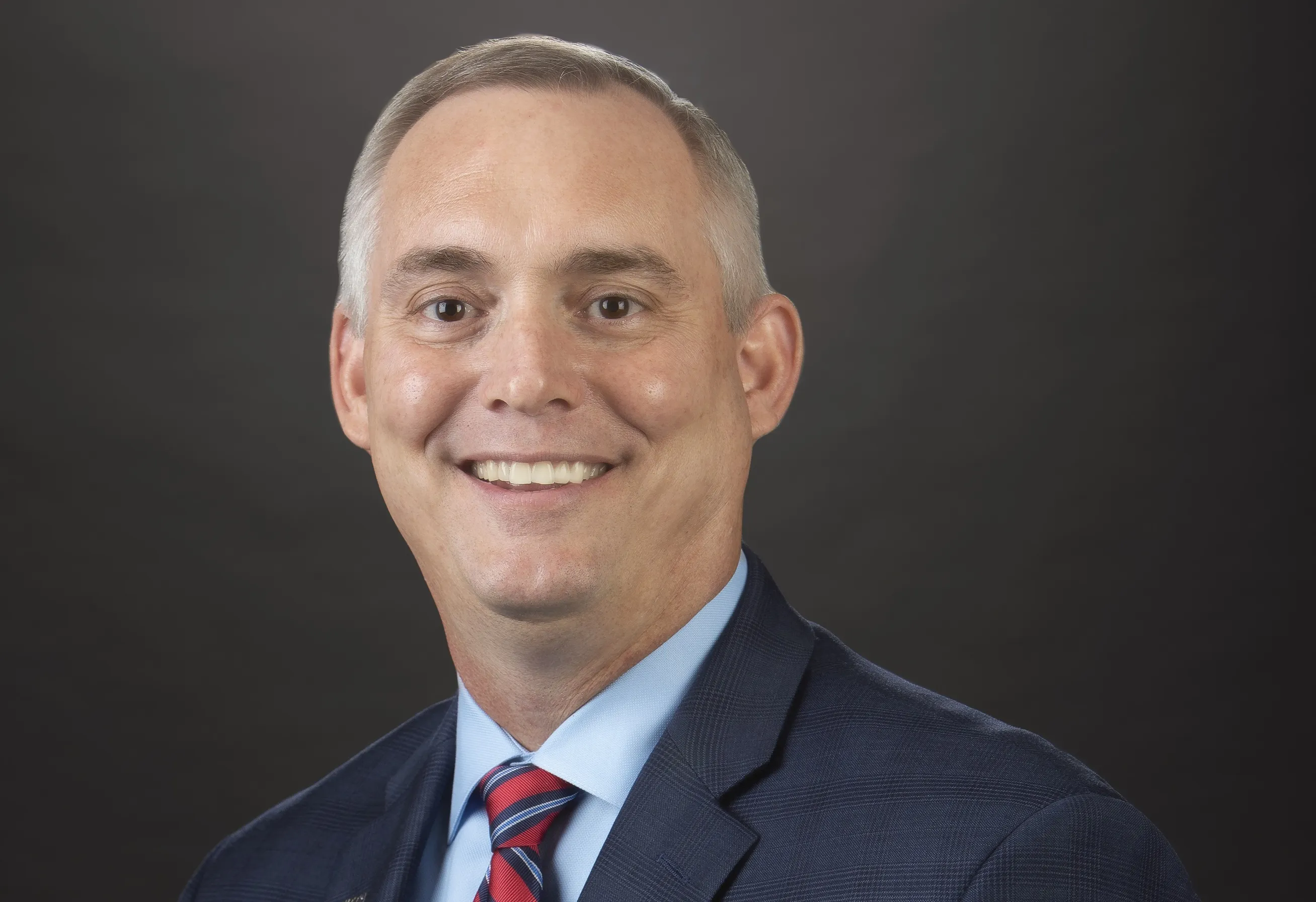Jason Lund has been named president of traffic signal priority control company Global Traffic Technologies (GTT), effective 1 June.
June 13, 2017
Read time: 1 min
Jason Lund has been named president of traffic signal priority control company 542 Global Traffic Technologies (GTT), effective 1 June.
Lund, a Chicago-area native, brings nearly two decades of leadership experience to GTT, most recently in the compressed natural gas fueling industry. His hiring follows the retirement of Doug Roberts, who served as GTT’s president following the company’s divestiture from
Lund said he welcomed the challenges and opportunities of leading GTT while it continues to grow as the market leader of traffic signal priority control solutions in North America and around the world.










